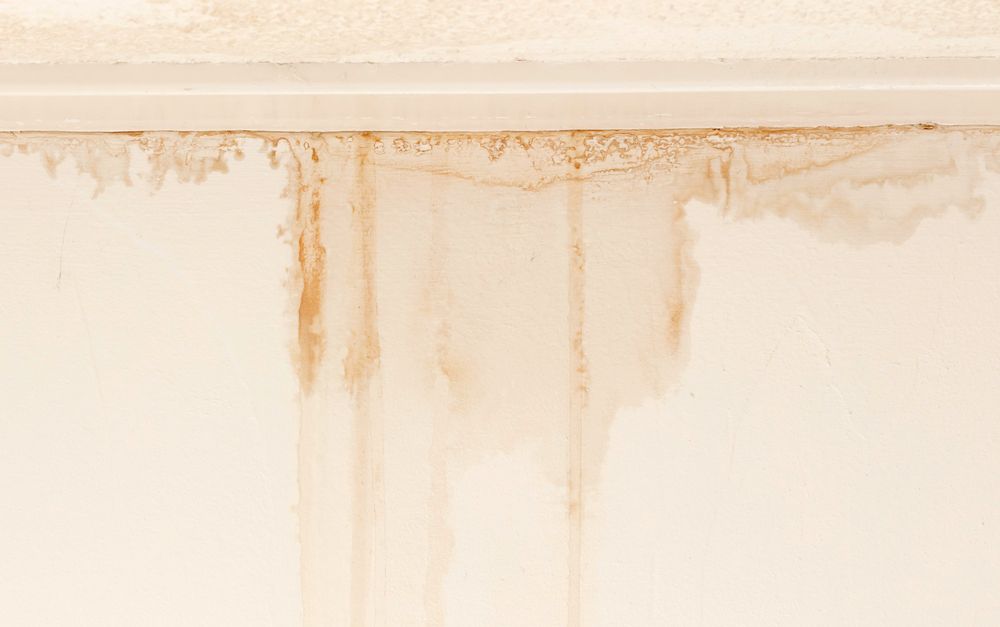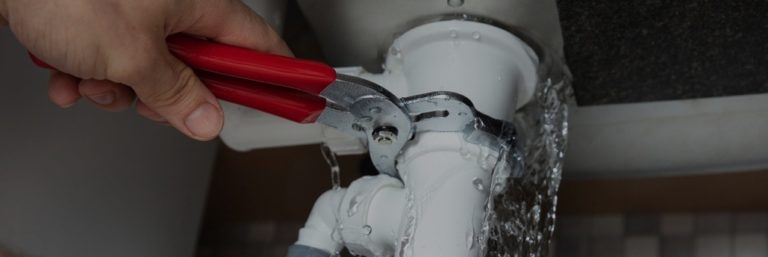Guide To Water Leakage Detection At Home
Guide To Water Leakage Detection At Home
Blog Article
The writer is making several good observations on Locating water leaks as a whole in the article following next.

Early discovery of leaking water lines can mitigate a possible calamity. Some tiny water leaks might not be noticeable.
1. Check Out the Water Meter
Checking it is a guaranteed method that aids you uncover leakages. If it relocates, that indicates a fast-moving leakage. This indicates you may have a slow leak that could also be underground.
2. Examine Water Intake
Assess your water costs as well as track your water intake. As the one paying it, you must see if there are any type of discrepancies. If you detect sudden changes, in spite of your usage coinciding, it suggests that you have leaks in your plumbing system. Remember, your water bill must fall under the very same range monthly. An unexpected spike in your bill suggests a fast-moving leakage.
A consistent rise every month, also with the exact same practices, reveals you have a slow leak that's also gradually escalating. Call a plumber to completely examine your residential property, especially if you really feel a cozy area on your flooring with piping beneath.
3. Do a Food Coloring Examination
When it comes to water consumption, 30% comes from commodes. If the color in some way infiltrates your dish during that time without flushing, there's a leakage in between the container as well as bowl.
4. Asses Exterior Lines
Do not neglect to inspect your exterior water lines too. Test faucets by affixing a yard tube. Ought to water permeate out of the connection, you have a loose rubber gasket. Replace this as well as make sure all connections are tight. It will aid get it skillfully examined as well as kept yearly if you've obtained a sprinkler system. One tiny leakage can lose lots of water and also increase your water costs.
5. Assess the situation and examine
Homeowners should make it a behavior to inspect under the sink counters and even inside closets for any kind of bad odor or mold and mildew development. These two red flags indicate a leakage so punctual interest is called for. Doing routine inspections, also bi-annually, can save you from a major issue.
Inspect for stainings and weakening as a lot of appliances as well as pipes have a life expectancy. If you suspect dripping water lines in your plumbing system, don't wait for it to rise.
Early detection of leaking water lines can mitigate a prospective catastrophe. Some small water leakages might not be visible. Checking it is a guaranteed means that aids you find leaks. One tiny leakage can throw away tons of water and surge your water bill.
If you suspect dripping water lines in your plumbing system, don't wait for it to escalate.
How to Know If Your Home Has a Hidden Leak
Water Meter Reveals Inexplicable Water Usage
If you’d like to test whether or not there’s a leak somewhere in your home, you can do this using your water meter. Here is how to conduct the test:
Don’t use any water in your home for at least 30 minutes; this also means not turning on faucets or water-using appliances.
Go outside, and check your water meter for activity.
If your water meter shows that there was activity, even though no one was using any water, this proves that there is a leak in your home.Visible Mold or Mildew Growth
Leaks behind walls create moist, dark environments that allow mold and mildew to grow and thrive. Eventually, you might see mold growth forming on the wall closest to a hidden leak.
If mold is growing in an area that receives a high amount of moisture, such as a bathroom, it may simply be an indication that better ventilation is needed. However, if you see mold growth on a wall or the ceiling in an area where you would not expect, you probably have a hidden leak.
Musty, Mildew Odor
Sometimes you might not be able to see the mold or mildew that is growing as a result of a leak. However, the smell can give the problem away just as easily. If you catch a whiff of something musty, there’s a good chance that old water is collecting somewhere in your home that you can’t see.
Stained/Warped Walls, Ceilings, or Floors
When your home soaks up water, a variety of red flags can become visible, including ceiling stains, bubbling drywall, warped walls, and sagging floors. While these issues can be caused by excess humidity, they can also be signs that a pipe or plumbing connection has started leaking behind your walls.
Inexplicably High Water Bill
After a while, you get a general sense for what your water bill should be. If you own a pool or sprinkler system, your bill will tend to be higher during summer. However, if you receive a water bill that seems especially high, and you can’t figure out what caused it, then you may have a hidden leak somewhere that’s increasing your bill.
https://www.plumbingjoint.com/blog/2019/july/how-to-know-if-your-home-has-a-hidden-leak/

We were made aware of that article about Finding hidden leaks from an associate on our other website. Don't hesitate to take the opportunity to share this write-up if you appreciated it. Thanks so much for your time invested reading it.
Report this page